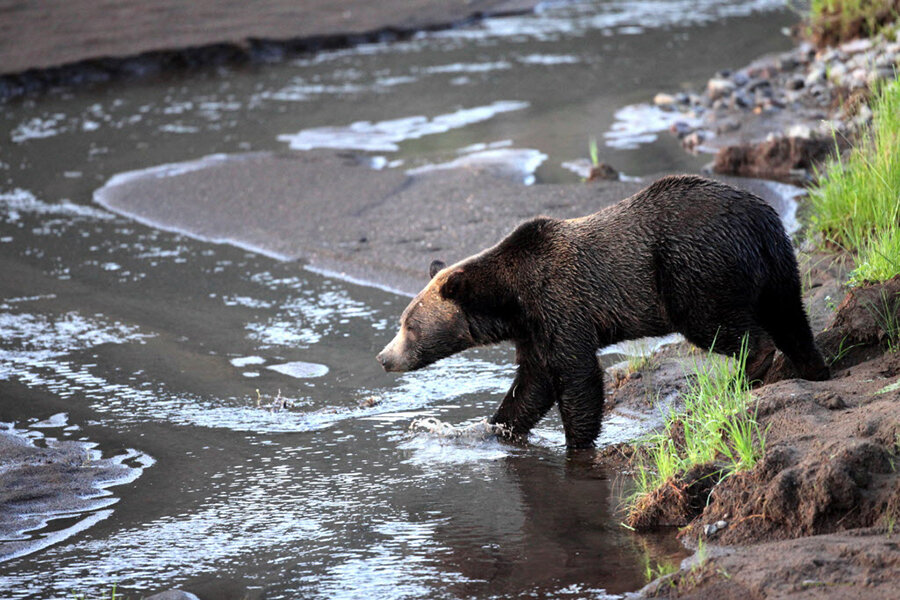Your personal finance guide to America's national parks
Loading...
Our national parks are one of America’s greatest resources. If you live in a city or suburb, America can feel small and crowded, but stepping into a national park will change your perspective. Wide-open, clean spaces filled with exotic flora and fauna, all waiting to be explored. These parks are public land, open for all of us to enjoy and marvel at. There are almost 60 national parks to check off your list so start planning today –- but plan with a personal finance mindset in mind. Whether you’re a first-time camper or an old pro, here are some of ValuePenguin's tips to save money in and around the parks.
Choose Your Park
There are some parks where you can camp for a week for less than $200. Acadia National Park in Maine charges $25 per car for seven days, and camping inside the park ranges from $22 to $30 per night. You might think that Yosemite National Park is one of the more expensive parks given its popularity, but it’s rather affordable at $30 per car for a seven-day pass and just $12 to $26 per night to camp. At Great Smoky Mountains National Park, America’s most visited of the bunch, you can camp for $14 to $23 per night, and there is no entrance fee. Overall, make sure you research your park and whether the automobile and campsite costs fit within your budget.
Choose Your Accommodations
The kind of camping you want to do will impact the cost of your trip. If you rough it in a tent, you can stay relatively cheaply. If you have an RV that you want to hook up, it will cost a little more.
At Yellowstone National Park, for example, you can spend between $15 and $50 a night to camp. For $15, you get a patch of earth with nearby restroom facilities, and for $47.75 you can hook up your RV and have all the comforts of home. Whichever you choose, you are still spending a lot less per night than you would be for even a one star hotel, so you may be able to afford to splurge a little when camping.
Some parks also offer already-established tents, teepees and cabins at higher rates.
As for the lowest rates, consider dispersed camping, which means camping outside of established campsites. Some national parks allow dispersed camping for free. This kind of camping is not for the novice, as there are no amenities like trash removal, fire pits, water or even toilets so make sure you are prepared for that. If you’re going to camp “off the grid,” be sure to follow the “Leave No Trace” philosophy.
Find Discounts
Take a look at the local tourism board’s website before your trip. You will often find special offers and discounts on everything from lodging to activities as well as dining. Check out the local area’s discount site Groupon too. They sometimes have discounts related to national parks. If there aren’t currently any groupon deals inside the parks, you can still find discounts for things in the surrounding area.
Get a Pass
There are several options for America the Beautiful passes that can get you a reduced or free rate on entrance fees; the $80 annual pass is your best bet if you plan on making three trips to national parks in one year. Members of the U.S. Military can get the annual pass for free, and there are similar or discounted deals for seniors, fourth-graders and volunteers.
Most passes also cover standard amenity fees but not fees for expanded amenities. All the passes cover the driver and all passengers of a personal vehicle in parks that charge per vehicle. For parks that charge per person, they cover up to four adults while children 15 and under are free.
Rent before You Buy
If you’re a first time camper, rent as much gear as you can. Imagine buying the full complement of camping equipment only to find out you don’t enjoy camping. Renting allows you to try before you buy; also considering borrowing from a friend. A four-person tent from REI could be as much as $199 to buy. You can rent a similar tent for an entire month for a cost as low as $59.
Even if you’re an experienced camper, it’s sometimes beneficial to rent some equipment, even fishing gear; you don’t have to store it (or clean it as thorougly after a rainy camping trip), and you may be able to afford much higher end equipment if you’re just renting it for a short period rather than buying it. It also lets you take equipment for a “test drive.” You can try out a variety of whatever piece of equipment you’re considering buying so you find the ideal fit for your needs.
This story originally appeared on ValuePenguin.







